Tokyu Fudosan Holdings redeveloping Dogenzaka HQ
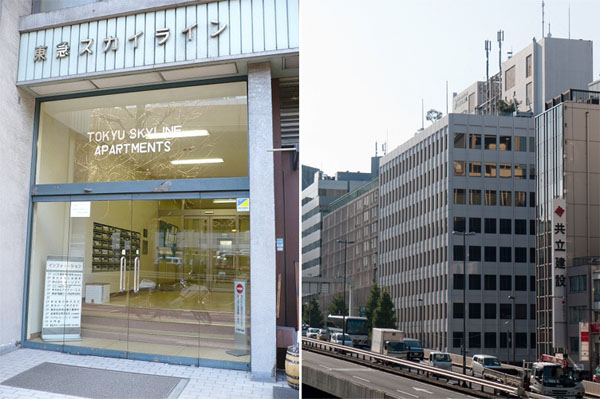
On November 7, Tokyu Fudosan Holdings announced that they are redeveloping their head office building and neighbouring buildings in Dogenzaka, Shibuya-ku.
The Shibuya Nanpeidai District Redevelopment Plan covers a 4,100 sqm site alongside the 246 Expressway and 500 meters from Shibuya Station. It is expected that redevelopment will begin once Tokyu have relocated their office to Minami Aoyama in 2015.
The following buildings will be redeveloped:
- Shin Nanpeidai Tokyu Building (1974)
- Nanpeidai Tokyu Building / Tokyu Skyline Apartments (1958)
- Shibuya TOD Building (1989)
Hope fades for historic Yokohama warehouse as demolition begins
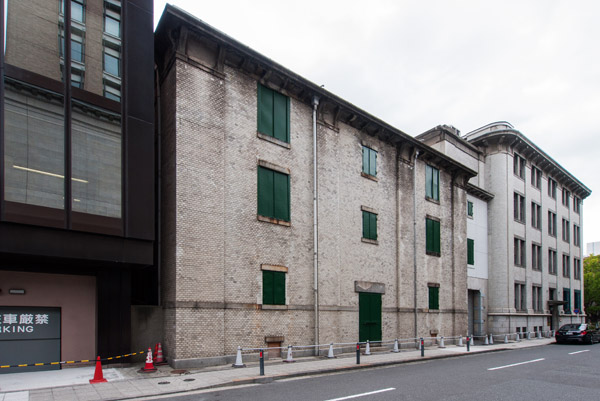
Despite the best efforts of architects and historians from across the country, the owner of the Former Mitsui Bussan Yokohama Warehouse in downtown Yokohama is pushing ahead with demolition.
On November 5, a notice was posted outside the 104-year old building indicating the start of demolition. The building will be completely razed by mid-February 2015. The owner, Tokyo-based real estate and expat leasing company Ken Corporation, has ignored pleas from various preservation groups.
The Former Mitsui Bussan Yokohama Warehouse was designed by Oto Endo and built in 1910. Endo was a pioneer in designing reinforced-concrete buildings and this was one of the earliest structures in Japan to incorporate RC in the construction. He also designed the adjoining Mitsui Bussan Yokohama Office Building in 1911, which was the first building in the country to be built entirely out of reinforced concrete. The two buildings formed an important part of Yokohama’s silk trade, and the warehouse was used for the storage of silk.
Kenzo Tange-designed gymnasium in Kagawa at risk of demolition
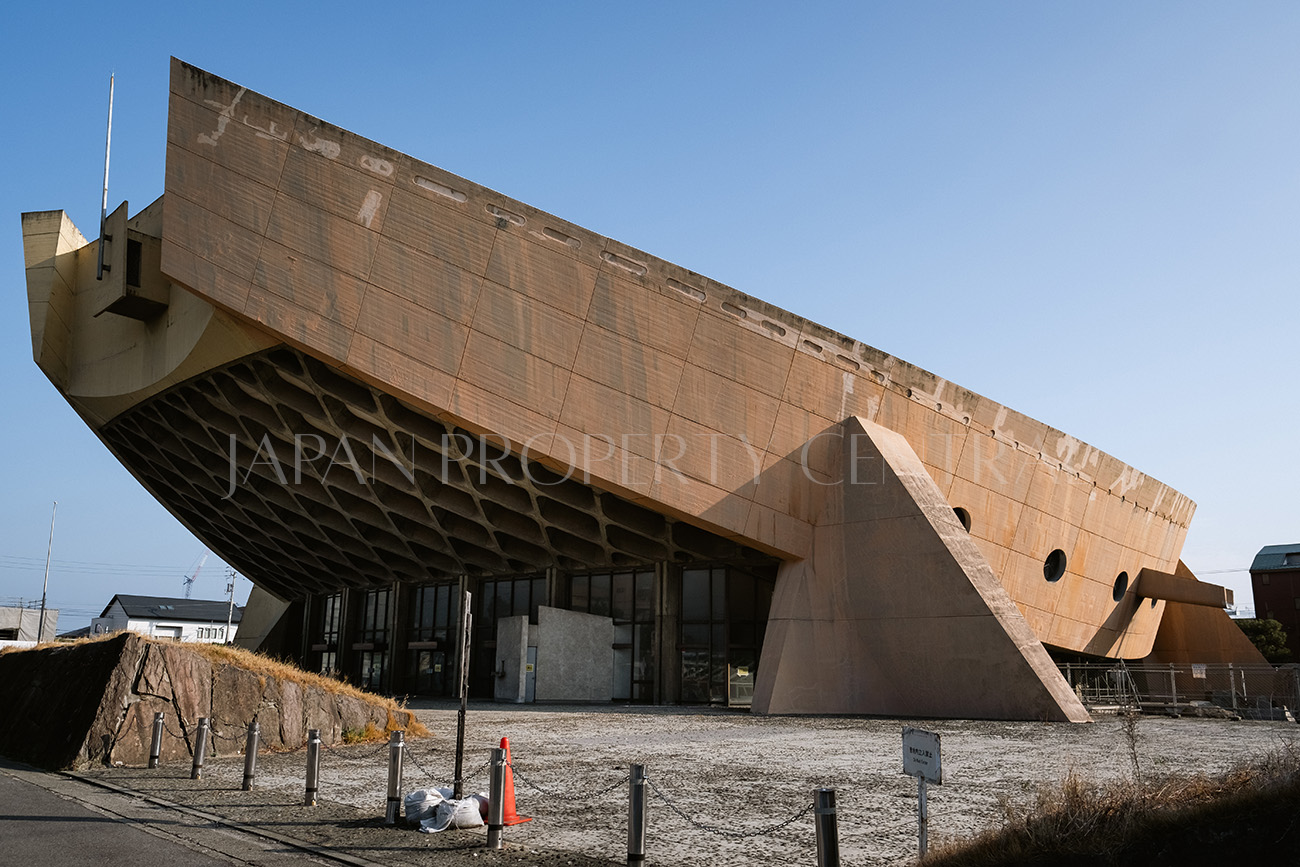 The Kagawa Prefectural Gymnasium in Takamatsu City faces possible demolition after the sports facility was closed to public at the end of September. The brutalist building was designed by famed architect Kenzo Tange (1913 ~ 2005) and completed in 1964 - the same year that the Yoyogi National Gymnasium, another design by Tange, was built.
The Kagawa Prefectural Gymnasium in Takamatsu City faces possible demolition after the sports facility was closed to public at the end of September. The brutalist building was designed by famed architect Kenzo Tange (1913 ~ 2005) and completed in 1964 - the same year that the Yoyogi National Gymnasium, another design by Tange, was built.
The 3-storey building has an arena with 1,300 fixed seats, a gym and conference rooms.Read more
Shimbashi to lose one of its oldest buildings
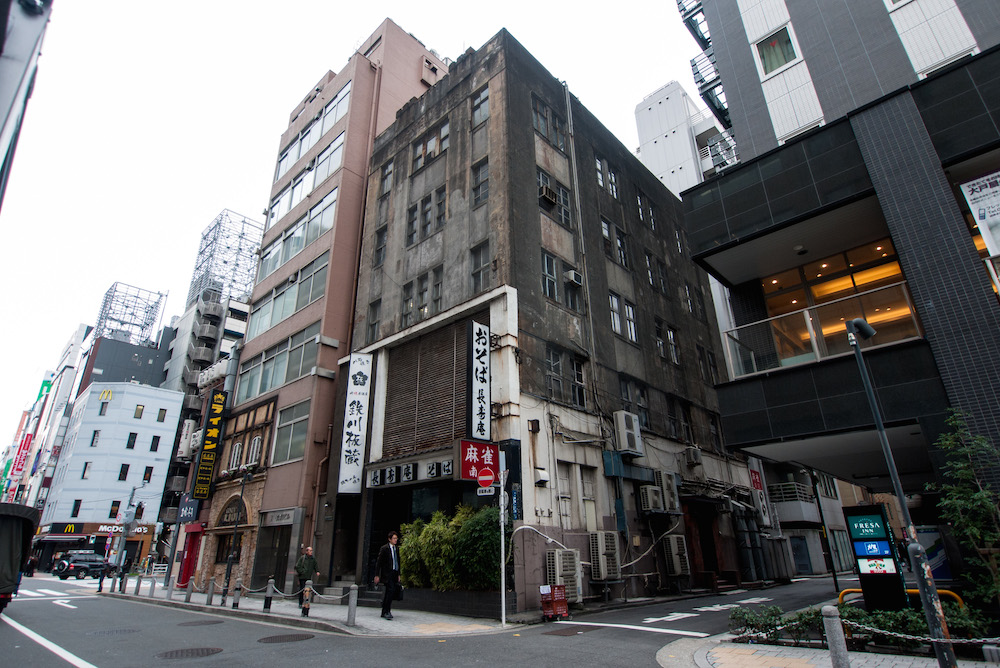
Shimbashi is about to lose one of its oldest buildings as the 94-year old Tsutsumi Daiichi Building is about to be torn down to make way for redevelopment.
Built in 1920, the five storey building was designed by Yunosuke Sakai and built by Toyo Concrete Kogyo. It is an early example of reinforced-concrete construction and possibly the oldest existing multi-tenant concrete building in Tokyo. Japan's first all-concrete building - the Yokohama Mitsui Bussan Building - was built just 9 years earlier in Yokohama. Sakai had assisted Oto Endo with the design of the Yokohama building.Read more
Proposed revision to taxes to encourage removal of abandoned homes
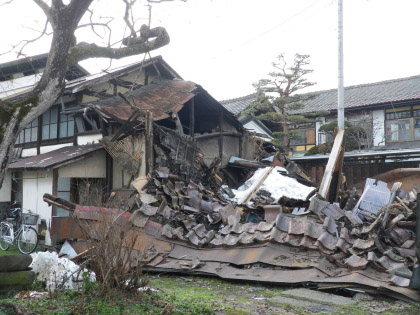 The Japanese government is considering a revision to the fixed asset tax code in order to encourage the removal of dilapidated and abandoned homes.
The Japanese government is considering a revision to the fixed asset tax code in order to encourage the removal of dilapidated and abandoned homes.
Currently, the annual fixed asset tax on land is reduced to a sixth of its original level if there is an existing house on the land. This reduction was introduced in 1973 when Japan was going through a period of rapid growth as a means to encourage the conversion of agricultural land into housing. The reduction also applies to empty houses, so demolishing a house would mean a higher tax bill. Read more
Ken Corp plans to demolish Yokohama’s oldest warehouse
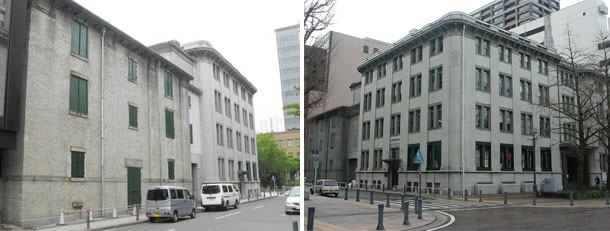
A local outcry has erupted after it was discovered that Minato-ku based real estate and expat leasing company, Ken Corporation, is considering demolishing the 104-year old Former Mitsui Bussan Yokohama Warehouse in Nihonodori, Yokohama.
The warehouse is one of the earliest structures in Japan to incorporate reinforced concrete in the construction. Built in 1910, the building has three floors as well as a basement and a total floor area of 2,194 sqm. It was designed by Oto Endo (1866-1943), a pioneer in designing RC buildings. He also designed the neighbouring Mitsui Bussan Yokohama Office Building (c1911), the Yokohama No. 2 Joint Government Office Building (c1926) and the Yokohama Teisan Office Building (c1926). The Mitsui Bussan Yokohama Office Building was the first building in Japan to be completely built out of reinforced concrete.Read more
Kobe forcibly demolishes condemned building
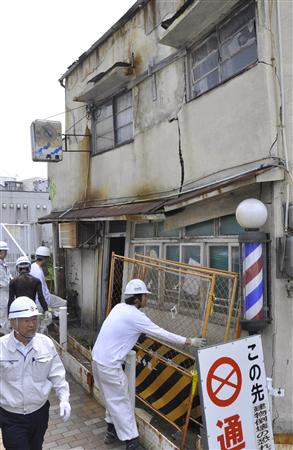 The Kobe City Government began the forced demolition of a dilapidated and abandoned building in Futatabisujicho, Chuo-ku in May. This is the second time since 2010 that the city has carried out a forced demolition.
The Kobe City Government began the forced demolition of a dilapidated and abandoned building in Futatabisujicho, Chuo-ku in May. This is the second time since 2010 that the city has carried out a forced demolition.
The 2-storey wood-framed building was built sometime in the 1950s ~ 1960s. The exterior walls were cracked and the building was beginning to collapse. Nearby residents were concerned that it could collapse and damage neighbouring homes and petitioned the city in 2010 to take action.
The city tried to contact the owners - one of whom had already died - but the surviving owner ignored all of the city’s correspondence and requests. The city eventually decided to carry out the demolition without the owner’s permission due to the hazard posed by the building. The surviving owner will be billed for 50% of the 1.4 million Yen in demolition costs.
According to recent estimates, there are over 90 buildings in Kobe City that are deemed hazardous.
The Building Standards Act has provisions which allow the forced demolition of privately-owned homes and buildings if they are deemed to pose a danger to the community and the owners ignore requests to take action.
Source: The Sankei Shimbun, May 21, 2014.
